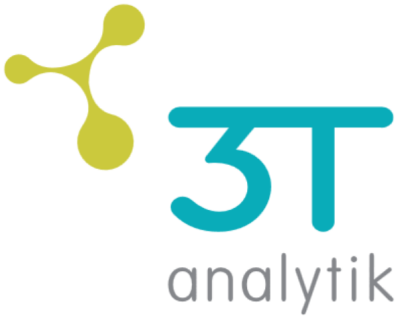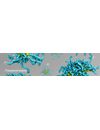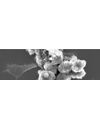

- Home
- Companies
- 3T Analytik GmbH & Co. KG
- Applications
3T Analytik GmbH & Co. KG applications
Versatile blood research tool: Hemostasis monitoring of newly emerged anticoagulants especially during cardiac surgeries poses more and more challenges to standard diagnostic instrumentations. 3T developers have made pioneering contributions in QCM-D technology for the analysis of health-related whole blood parameters (Oberfrank et al, 2016; Sinn et al, 2011; 2010; Müller et al, 2010). Now the qCell T series provides a sophisticated platform with outstanding potential to face such challenging situations due to its capability to evaluate the plasmatic pathway as well as the platelets in real time (Hussain et al, 2016; 2015; 2015; 2013). Recent developments in the field `molecular imprinting` employing the QCM technology promise platelet aggregation sensing in real patients by synthetic biomimics in near future (Hussain, 2016).
Polyelectrolytes have recently attracted extensive attention due to their wide applicability in material research ranging from implant coatings, filtration devices, up to special optical coatings. Polyelectrolyte multilayers (PEMs) can be formed by the alternate deposition (i.e., layer-by-layer) of negatively charged (polyanionic) and positively charged (polycationic) polyelectrolytes onto a surface. Due to the versatility and simplicity of the layer-by-layer assembly process, multilayers may be deposited onto almost any substrate of any shape.
Real time insight into your cell culture: Cell analysis is a vibrant field of study, which lies in between the full-fledged organism and its molecular underpinnings. The function and structure of the cell depend highly on intricate but often rather tenuous interactions between complementary surfaces of macromolecules, which affect cells’ health, motility, growth, proliferation, differentiation, etc. Thus elucidating those interactions becomes crucial for providing new possibilities of precise diagnostics and novel therapies (Krajewskie et al, 2014; Sinn et al, 2010; Hussain et al; 2002).



